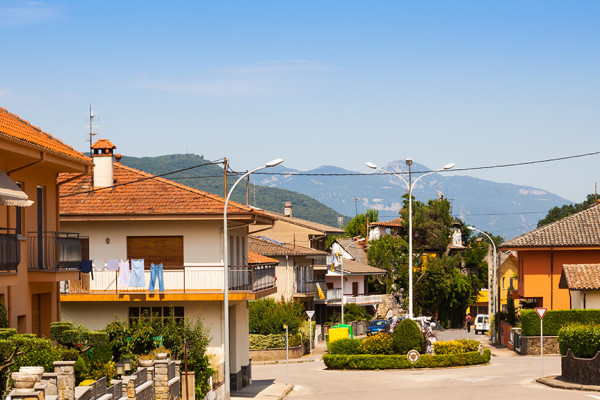Everything You Need to Know About Repurposing Abandoned Properties
Repurposing buildings is an art that allows us to breathe new life into old structures. Reusing vacant properties simultaneously discovers new opportunities to integrate our rich historic culture.
May 10, 2024

Repurposing buildings is an art that allows us to breathe new life into old structures. Reusing vacant properties simultaneously discovers new opportunities to integrate our rich historic culture into modern society while minimizing the negative economic impact of dilapidated properties. Cities are living and breathing entities that embody the lifestyle characteristics of residents. Creatively repurposing vacant city spaces have many community advantages, including economic revitalization, enriched infrastructure architecture, and a more established cultural identity.
Factors to Consider
- Know your market – Understanding the neighborhood is the first step towards deciding how to plan your project. For instance, in areas with minimal inhabitants, you do not want to convert a building into a school or restaurant. To attract additional residents, it would be better to transform the building into a factory in order to provide job opportunities. Next, you want to create residential spaces that allow people to live in close proximity to their work, and then develop local amenities to keep them and encourage others to join! Contrarily, if a vacant property is in a crowded neighborhood you have a greater scope for unique and diverse projects.
- Property condition– a realtor, professional contractor, or organization should check the strength and the condition of the abandoned property before laying out the repurposing plan. Especially when a dilapidated building needs extensive retrofitting, unexpected damage control can consume time and resources. Once you have evaluated the building’s condition, ask yourself: Do you have enough funds to proceed with the plan? What impact does this plan have on you and your community?
- Budget Check – A property repurposing project is eligible to receive government aid, loans, grants, and tax breaks. Chances are that regardless of this financial assistance, the project costs will still exceed the pre-determined budget because of unexpected repairs and legal limitations. You should account for unexpected time delays and additional costs in your project plan by completing a cost-benefit analysis using average costs per square foot. When repurposing historic properties for modern uses, local preservation laws and ordinances limit how the infrastructure can legally be altered. To properly maintain the building’s authenticity during renovations, finding original replacement parts can be a challenging and costly affair. To optimize your rehabilitation project, proactively research your property to see what grants and ADA tax credits it is eligible for.
- Partner with Experts – Bringing creativity into a property rehabilitation plan will require an architect and designer who are well-versed in the industry. Finding experts with prior relevant experience renovating historic buildings will ensure they maintain a building’s historical identity while repurposing it to fit new uses.
Even when a building has outlived its initial purpose, it continues to have limitless potential for new opportunities. In the pursuit of economic and environmental sustainability, historical buildings can be redeveloped for new lifestyles and demands. The list of iconic, historic buildings deemed societally significant that have gone through minor and major refurbishments are never-ending. Some examples at the top of the list include Hagia Sophia, Hiroshima Castle, the Yellow Crane Tower, Fort Manoel, the Altstadt, and Ribeira Palace.

Buy an Entire Abandoned Village in Spain for Under $75,000
Spain is one of the most beautiful countries in the world, treasured for its rich tradition, culture, and heritage.

Racial covenants: Revealing the impact of racial covenants on your home's history
Tracing the lasting impact of racial covenants on communities and homes.

How to register your home on the National Register of Historic Places
Exploring the National Register of Historic Properties, a comprehensive list of significant sites, buildings, structures, and districts throughout the United States that possess historical, architectural, or cultural significance.

How to Care for a Historic Property
Without preservation advocates, many historical properties wouldn’t survive. In historical districts such as Brooklyn Heights, New York, preserving the authenticity of the neighborhood is a must.